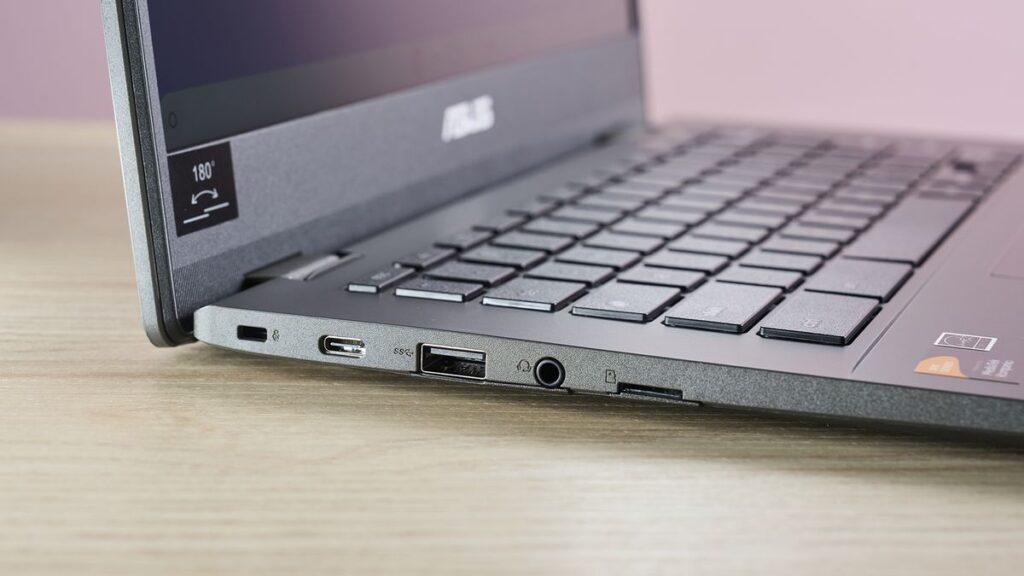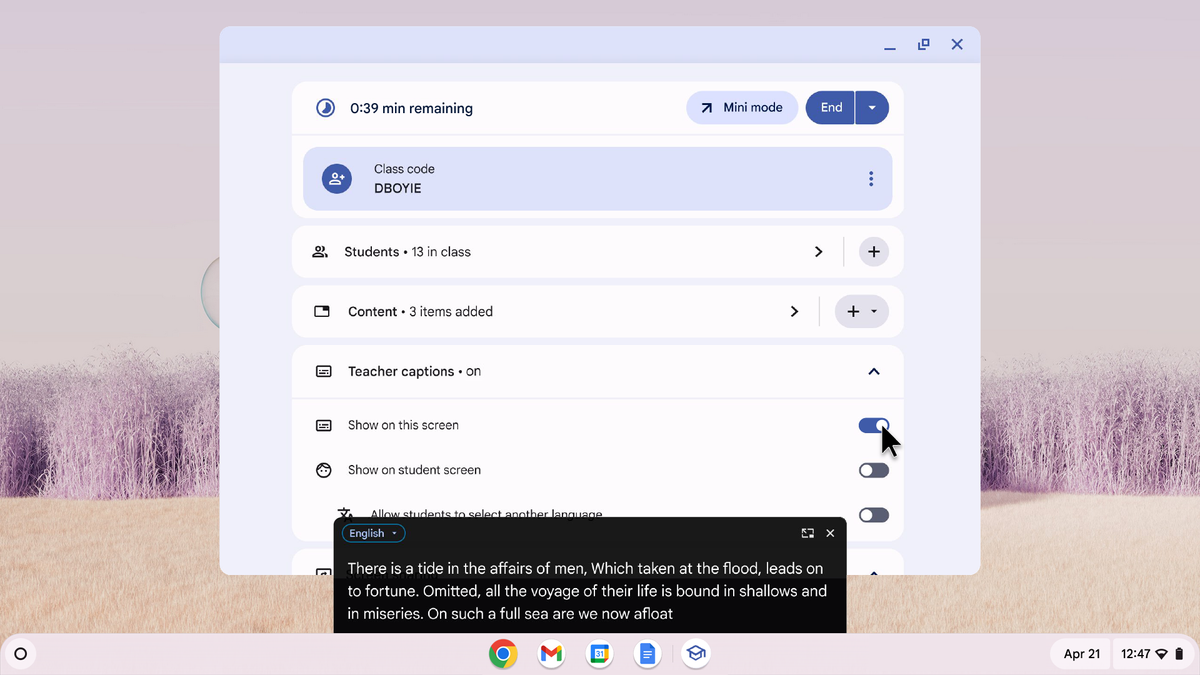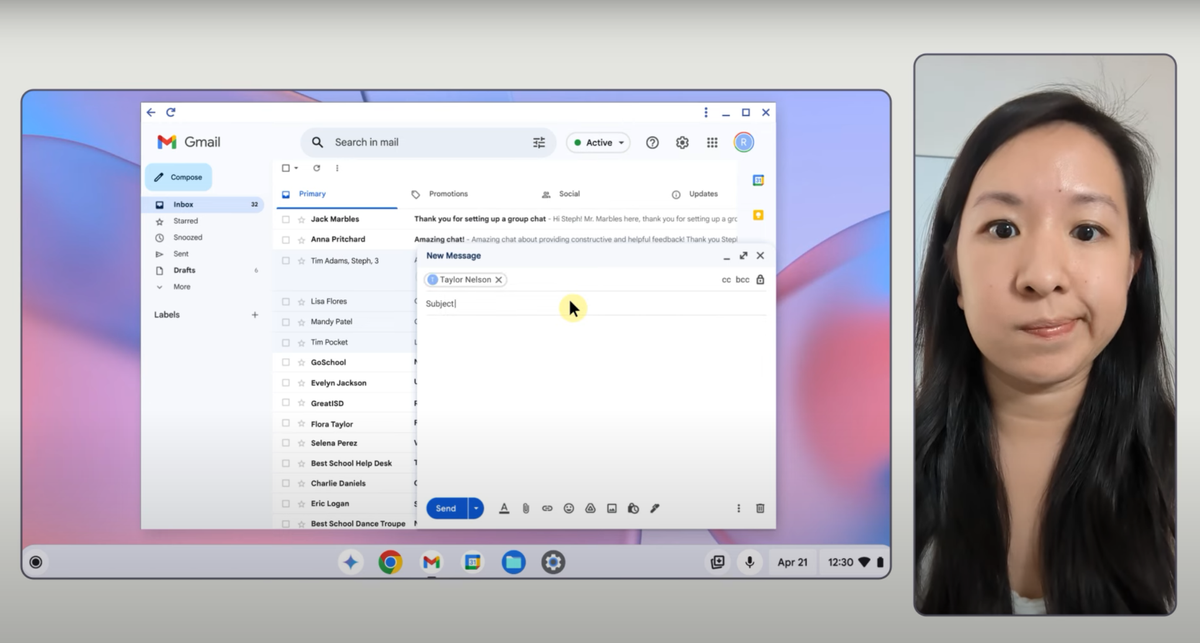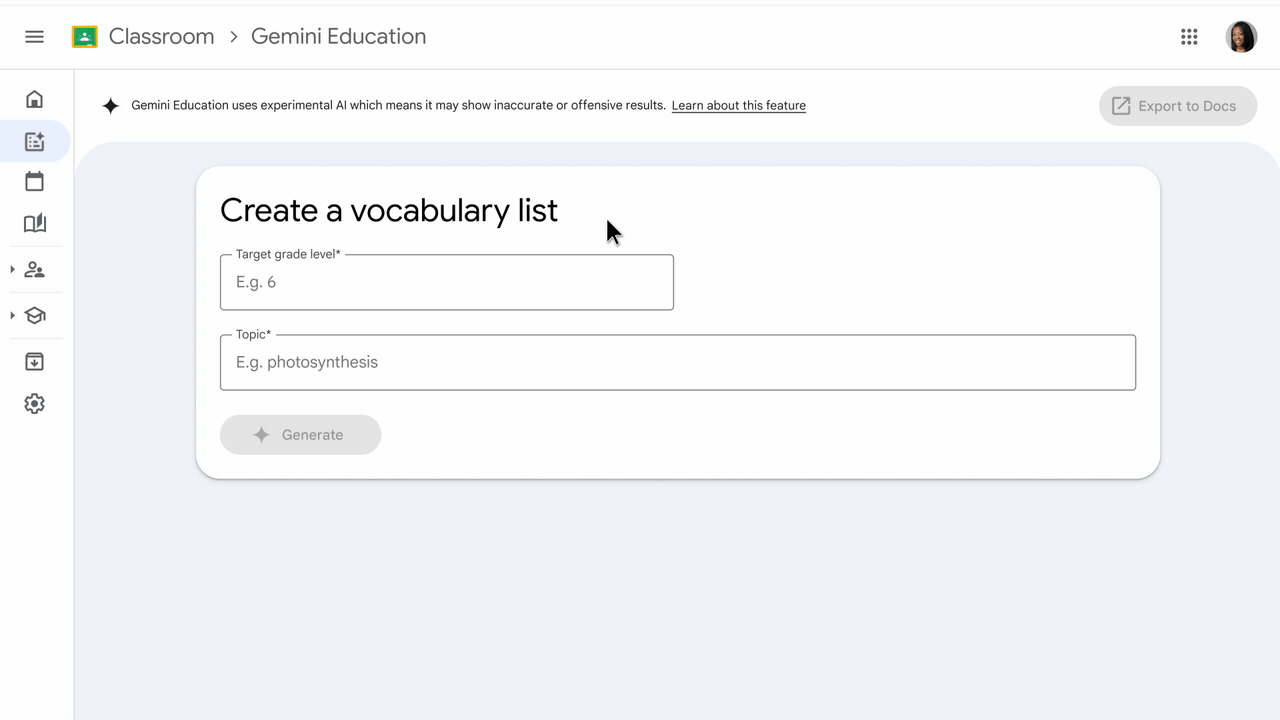- Google has added several new features to ChromeOS
- These include classroom, workspace, and classroom tools.
- Most are aimed at both students and educators.
Google has announced several new features for the top Chromebooks, Google Workspace, and Google Classroom in a series of official blog posts.
First, there are classroom tools: real-time features that educators can use with their students, such as sending and pinning educational content to students’ screens or enabling live captions and translations.
Google Classroom has several new features, including the ability to generate vocabulary lists through Gemini in Classroom, allowing educators to create custom word lists with definitions, parts of speech, and examples tailored to various grade levels.
FigJam by Figma allows educators to assign group whiteboards for group work, discussions, and brainstorming. Educators can also create different groups of students based on their needs and assign scale grades, as well as keep students’ tutors informed with weekly newsletters and share links to the Classroom page to keep them up to date with assignments.
Another tool, somewhat related to education but also more broadly applicable, is Face Control on Chromebooks, which is finally launching. First revealed in 2023, it is an incredibly useful accessibility tool that allows users to control the cursor with head movements and perform actions with facial gestures. It is now rolling out with the ChromeOS M132 update.
There will also be 20 new Chromebook and Chromebook Plus devices launching in 2025 for students and educators. These include the Acer Chromebook Spin 511 and the Lenovo Chromebook Duet EDU G2, which will come with a stylus and are designed for a younger audience, while the Asus CR1204CTA and the HP Fortis G1i 14 Chromebook are aimed at older students. There’s also the Lenovo Chromebook Plus 2-in-1 for educators.
Google continues its winning streak with ChromeOS
In the past, I’ve written about how Google has done surprisingly well in its effort to create useful AI tools aimed at helping users and improving their lives, rather than simply (and poorly) performing tasks better suited to users. humans. In that search, Google has also been developing useful tools in other underrepresented markets, such as education. Chromebooks are especially useful for students and educators, as their simple user interface, affordable price, and portability are ideal for those who need a laptop to carry around and use for eight or more hours a day.
Now, with improvements to classroom tools, Google Classroom, Face Control on Chromebooks, and a number of models specifically designed for education, Chromebooks and ChromeOS as a whole have become even more valuable and offer features that other laptops simply don’t offer. .
Hopefully the tech giant will continue to innovate in this regard, as it’s one of the best ways it sets ChromeOS and Chromebooks apart from the competition.







